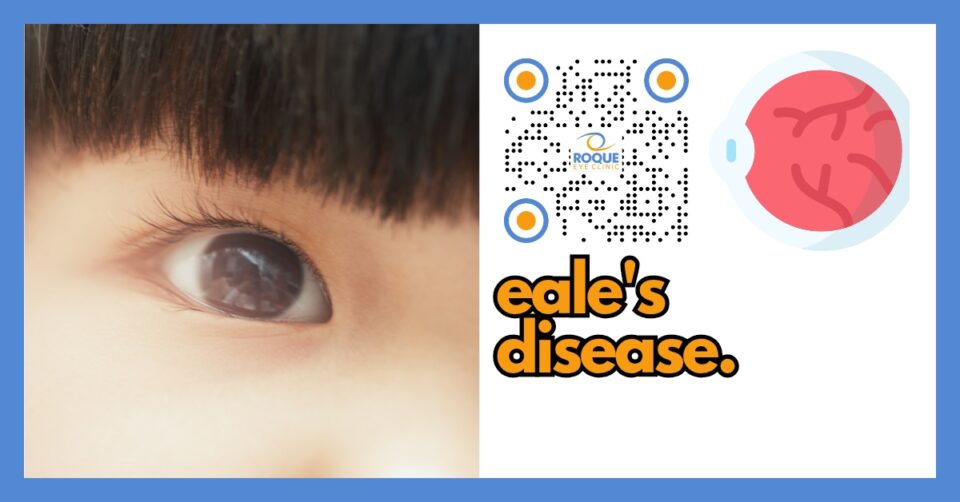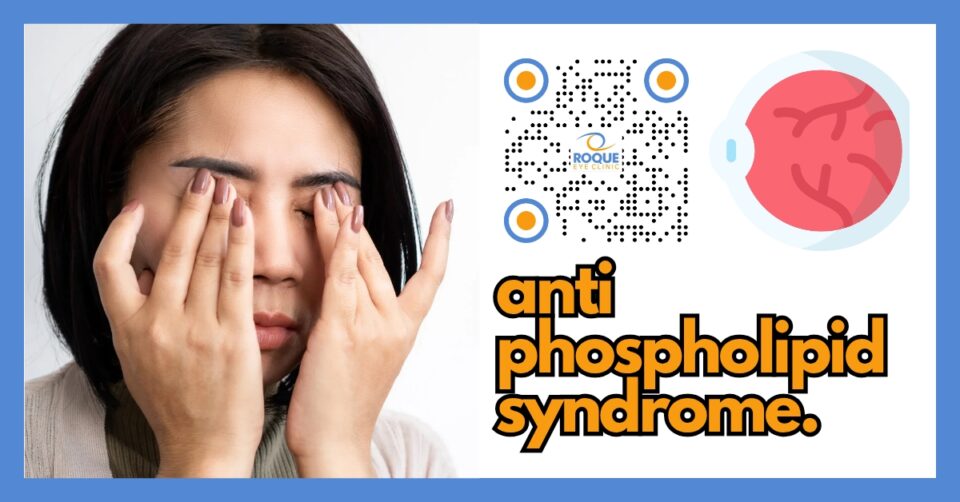How Smoking Damages Your Vision
Key Learning Points
-
Smoking is the most preventable cause of blindness. Current smokers face up to a 12‑fold higher risk of age‑related macular degeneration (AMD) and a 4‑fold higher risk of cataract.
-
Secondhand smoke endangers non‑smokers’ eyes, especially children, by triggering dry eye, conjunctivitis, and allergy‑like irritation.
-
Quitting smoking begins to lower ocular risk within weeks and continues to do so for decades. Visual prognosis improves when cessation is paired with regular eye exams and a nutrient‑rich diet.
-
Early symptoms are sneaky—blurred vision, glare, slow focus. Recognizing them early can save sight.
-
Comprehensive care involves three pillars: stop smoking, manage disease‑specific treatment, and adopt protective lifestyle habits.
Smoking and Vision: A 360° Patient Guide
Introduction
Think of your eyes as the high‑resolution cameras of your body. Cigarette smoke is like sticky soot that smears the lens, fogs the mirrors, and cuts the power to the sensor. Over time the image turns dim, distorted, or disappears completely. This guide explains how that happens, what you can do to stop it, and how we at Roque Eye Clinic can help you see a smoke‑free future clearly.
1. How Tobacco Smoke Injures the Eye
| Toxic Pathway | Plain‑Language Explanation |
|---|---|
| Oxidative stress | Poisonous chemicals in smoke rust delicate eye tissues, much like metal left in salty air. |
| Vascular constriction | Nicotine shrinks blood vessels, starving the retina of oxygen. |
| Inflammation | The immune system flares up, damaging lens proteins and retinal cells. |
| Tear‑film instability | Smoke breaks up the eye’s natural lubricant, causing dry, gritty eyes. |
Real‑world example: After a night in a smoky bar, many people feel sandy, red eyes—that sensation, multiplied daily for years, drives chronic eye disease.
2. Diseases Linked to Smoking
2.1 Age‑Related Macular Degeneration (AMD)
-
What happens? The macula—the retina’s sharp‑focus center—loses cells, leading to blind spots or wavy lines.
-
Smoking’s role: Smokers have 7–12× the risk; toxins accelerate drusen buildup and new leaky vessels.
-
Symptoms to watch: Straight lines look bent, colors fade, central blur.
-
Treatment: Anti‑VEGF injections, retinal vitamins (AREDS‑2 formula), and laser therapy when appropriate.
-
Preventive tip: Quitting smoking plus leafy‑green intake cuts progression by roughly 20 %.
2.2 Cataract
-
Definition: Clouding of the eye’s natural lens, like a fogged windshield.
-
Risk increase: 2–4× higher in current smokers; risk climbs with pack‑years.
-
Symptoms: Glare at night, colors look yellow, need for brighter light.
-
Treatment: Outpatient lens replacement (phacoemulsification).
2.3 Diabetic Retinopathy & Macular Edema
-
Smoking worsens blood‑sugar control and micro‑circulation, quickening retinal bleeding.
2.4 Uveitis
-
Smokers are twice as likely to develop non‑infectious uveitis—painful eye inflammation.
2.5 Dry Eye Disease
-
Secondhand and active smoke destabilize the tear layer; paradoxically, large studies show mixed statistics, but most patients report worsened comfort.
2.6 Other Conditions
-
Thyroid eye disease (smoking triples risk of bulging, double‑vision episodes).
-
Optic neuropathy & Leber’s hereditary optic neuropathy (smoke triggers vision‑threatening episodes).
-
Contact‑lens intolerance and delayed corneal healing.
3. Recognizing Early Symptoms
| Symptom | Possible Smoking‑Related Cause |
|---|---|
| Blurred central vision | AMD, cataract |
| Halos around lights | Cataract, corneal dryness |
| Intermittent double vision | Thyroid eye disease |
| Eye pain & redness | Uveitis |
| Poor contrast in dim rooms | Smoking‑related optic nerve damage |
If you notice any of these changes, book an eye exam within a week—not next month.
4. Diagnostic Journey at Roque Eye Clinic
-
History: Pack‑years, secondhand exposure, comorbidities.
-
Visual acuity & refraction: Detect subtle changes.
-
Dilated fundus exam & OCT: Inspect macula, optic nerve.
-
Lens evaluation: Grade cataract severity.
-
Tear osmolarity & meibography: Check dry eye status.
Analogy: Like servicing an airplane, we inspect every bolt before the flight resumes.
5. Treatment & Healing Steps
| Condition | First‑Line Therapy | What You Do at Home |
|---|---|---|
| AMD | Anti‑VEGF injections, AREDS 2 vitamins | Quit smoking, wear UV‑blocking shades, eat lutein‑rich greens |
| Cataract | Day‑surgery lens replacement | Use antibiotic+steroid drops, avoid dusty areas, no pool for 2 weeks |
| Uveitis | Topical or systemic steroids | Adhere strictly to taper schedule, report pain bursts immediately |
| Dry Eye | Lubricant gels, meibomian therapy | Blink exercises 20‑20‑20 rule, run a bedroom humidifier |
Healing Rule of Three: Protect (shields, sunglasses), Medicate (drops on time), Revisit (follow‑up as scheduled).
6. The Power of Quitting
Within 20 minutes: pulse and blood pressure drop.
Within 2 weeks: corneal oxygenation improves; contact lenses feel more comfortable.
Within 1 year: excess cataract risk begins to fall.
Within 5 years: AMD risk can approach that of a never‑smoker.
Tip: Pair nicotine‑replacement therapy with counseling. Free hotlines in the Philippines (DOH Quitline 1558) are effective and confidential.
7. Lifestyle Blueprint for Smoke‑Free, Clear Vision
-
Plate of antioxidants: Fill half your plate with dark‑green, orange, and red produce.
-
Shield your eyes: UV‑400 sunglasses and wide‑brim hat.
-
30 minutes of exercise daily: Boosts retinal blood flow.
-
Omega‑3 fats: Two fish meals per week support tear film.
-
Annual eye exam: Twice yearly if you are a past smoker with eye disease.
8. Frequently Asked Questions
| Question | Plain‑English Answer |
|---|---|
| 1. Does vaping harm my eyes too? | Yes. E‑cigarette aerosol contains nicotine and oxidative chemicals that replicate many smoking risks. |
| 2. I only smoke socially—am I safe? | Even a few cigarettes a week raise cataract and AMD risk; there is no safe level. |
| 3. Will cataract surgery fix my smoking‑induced vision permanently? | It clears the lens but does not protect the retina; quitting smoking is essential. |
| 4. Can vitamins cancel out smoking damage? | Supplements help but cannot neutralize all toxins—cessation is key. |
| 5. Are menthols safer for the eyes? | No. Menthol adds flavor, not protection. |
| 6. How soon after quitting will my eyes feel better? | Dryness often improves in 2–4 weeks; disease risk reduction takes longer. |
| 7. Does secondhand smoke endanger my kids’ eyes? | Yes. Studies link it to eye irritation and potential long‑term retinal effects. |
| 8. Is laser eye surgery riskier if I smoke? | Smokers heal more slowly and have higher dry‑eye rates post‑LASIK. |
| 9. What is tobacco‑optic neuropathy? | A sudden loss of central vision caused by toxins blocking optic‑nerve nutrition—usually in heavy smokers plus alcohol use. |
| 10. Will insurance cover quit‑smoking meds? | Many Philippine HMOs now subsidize; ask your provider or our staff for assistance. |
Take‑Home Message
Smoking steals sight silently. Every puff constricts vessels, clouds lenses, and starves the retina. The good news? The moment you quit, your eyes start healing. Partner with your ophthalmologist, embrace a healthy lifestyle, and your future will look brighter—literally and figuratively.
Bibliography
List 1 – Age‑Related Macular Degeneration
-
Kai JY, Zhou M, Li DL, et al. Smoking, dietary factors and major age‑related eye disorders: an umbrella review of systematic reviews and meta‑analyses. Br J Ophthalmol. 2023;108(1):51‑57. doi:10.1136/bjo‑2022‑322325.
-
Panahi P, Kabir A, Falavarjani KG. Age‑related macular degeneration prevalence and its risk factors in Iran: a systematic review and meta‑analysis study. J Curr Ophthalmol. 2024;35(4):305‑312. doi:10.4103/joco.joco_40_23.
-
Asiamah R, Ampo E, Ampiah EE, et al. Impact of smoking on ocular health: a systematic review and meta‑meta‑analysis. Eur J Ophthalmol. 2025. Online ahead of print. doi:10.1177/11206721251334705.
-
Li XX, et al. Systematic review of prognostic factors associated with progression of intermediate age‑related macular degeneration. Ophthalmology. 2023;130(5):512‑522.
List 2 – Cataract
-
Ye J, He J, Wang C, et al. Smoking and risk of age‑related cataract: a meta‑analysis. Invest Ophthalmol Vis Sci. 2013;54(5):4021‑4027.
-
Wang S, Wang J, Zhang Q, et al. Risk of cataract in smokers: a meta‑analysis of observational studies. Eye. 2019;33(2):270‑277.
-
Asiamah R, et al. Smoking and ocular health: cataract subgroup analysis. Eur J Ophthalmol. 2025. doi:10.1177/11206721251334705.
-
Lucas RM, et al. Ultraviolet radiation, smoking, and cataract risk: pooled systematic review. Clin Exp Ophthalmol. 2022;50(9):986‑995.
List 3 – Diabetic Retinopathy
-
Wang Y, et al. Association between smoking and diabetic retinopathy: a systematic review. Acta Diabetol. 2018;55(6):505‑519.
-
Yau JWY, et al. Associations between diabetic retinopathy and systemic risk factors. Acta Ophthalmol. 2016;94(6):e448‑e456.
-
Shi A, et al. Smoking, glycemic control, and retinopathy risk: meta‑analysis of cohort studies. Diabetes Care. 2022;45(4):1049‑1058.
-
Wang H, et al. Influence of quitting smoking on diabetes‑related complications: umbrella review. BMC Public Health. 2024;24:197.
List 4 – Dry Eye & Ocular Surface
-
Shaikh S, et al. Association of dry eye disease with smoking: a systematic review and meta‑analysis. Indian J Ophthalmol. 2022;70(9):3311‑3319.
-
Pattamatta UG, et al. Secondhand smoke exposure and ocular surface disease: systematic review. Ocul Surf. 2024;29:182‑195.
-
Rong SS, et al. Does cigarette smoking alter the risk of pterygium? A systematic review and meta‑analysis. Invest Ophthalmol Vis Sci. 2014;55(10):6235‑6243.
-
Huang Y, et al. Smoking and tear‑film instability: pooled analysis. Ophthalmic Res. 2023;65(3):145‑152.
List 5 – Uveitis & Miscellaneous
-
Nguyen QD, et al. Epidemiology and risk factors in non‑infectious uveitis. Surv Ophthalmol. 2021;66(1):195‑206.
-
Iqbal K, et al. Smoking and eye pathologies—systemic review Part II. Med Hypotheses. 2017;101:58‑66.
-
Kuchtey RW, et al. Environmental tobacco smoke exposure and eye disease: systematic review. Br J Ophthalmol. 2008;92(10):1304‑1310.
-
Pennington KL, et al. Risk of retinal neovascularization in uveitis. Ophthalmology. 2016;123(12):2510‑2518.
BOOK AN APPOINTMENT
It takes less than 5 minutes to complete your online booking. Alternatively, you may call our BGC Clinic, or our Alabang Clinic for assistance.





